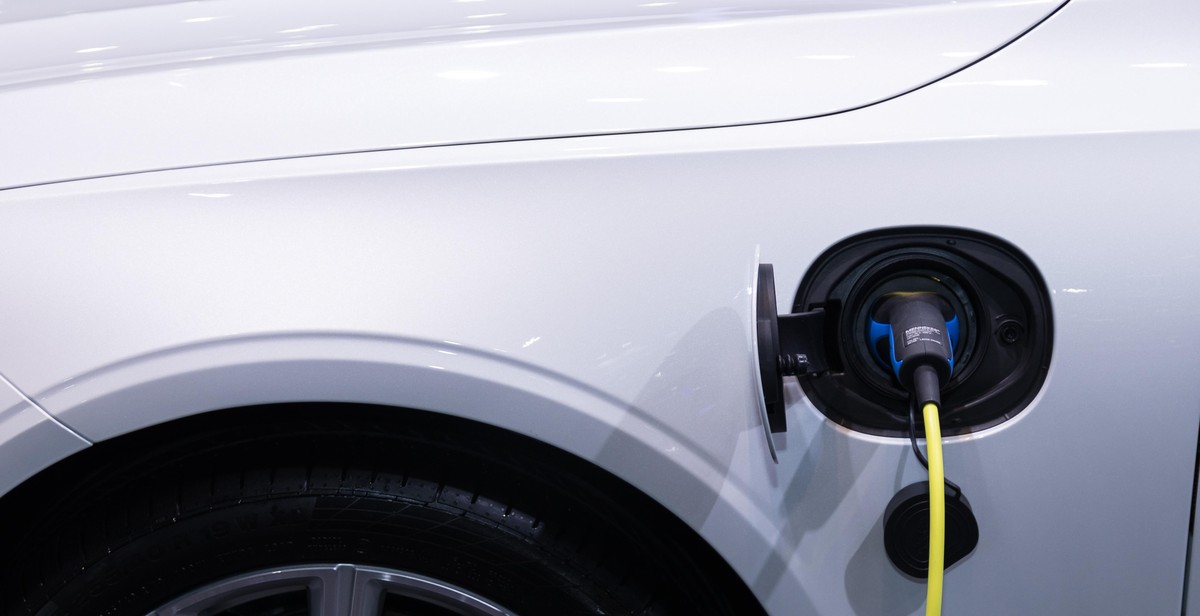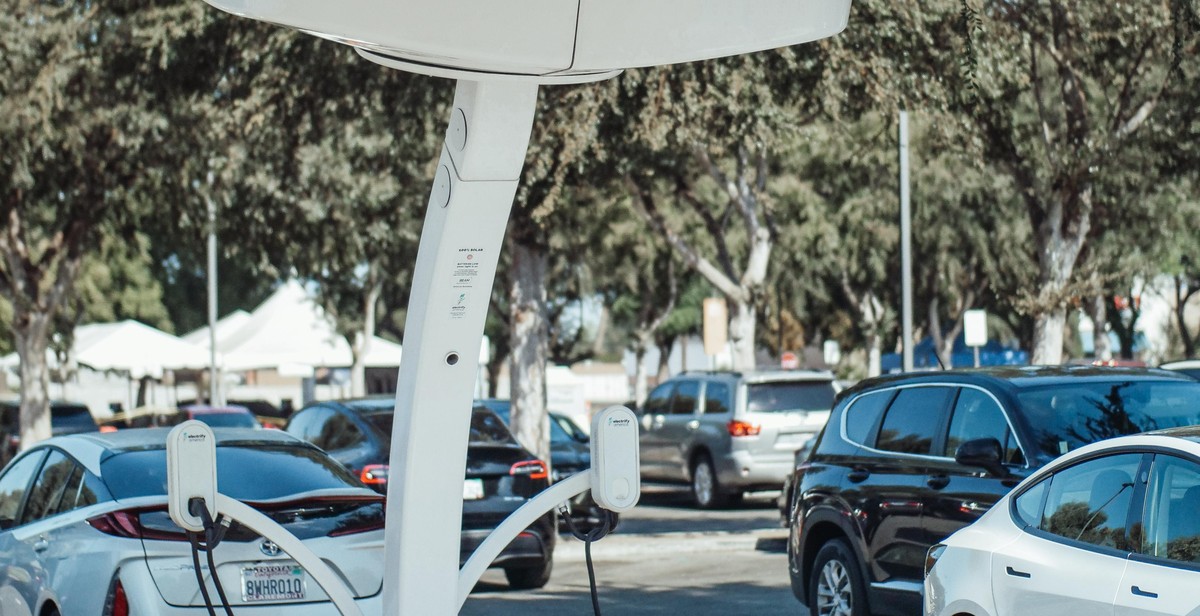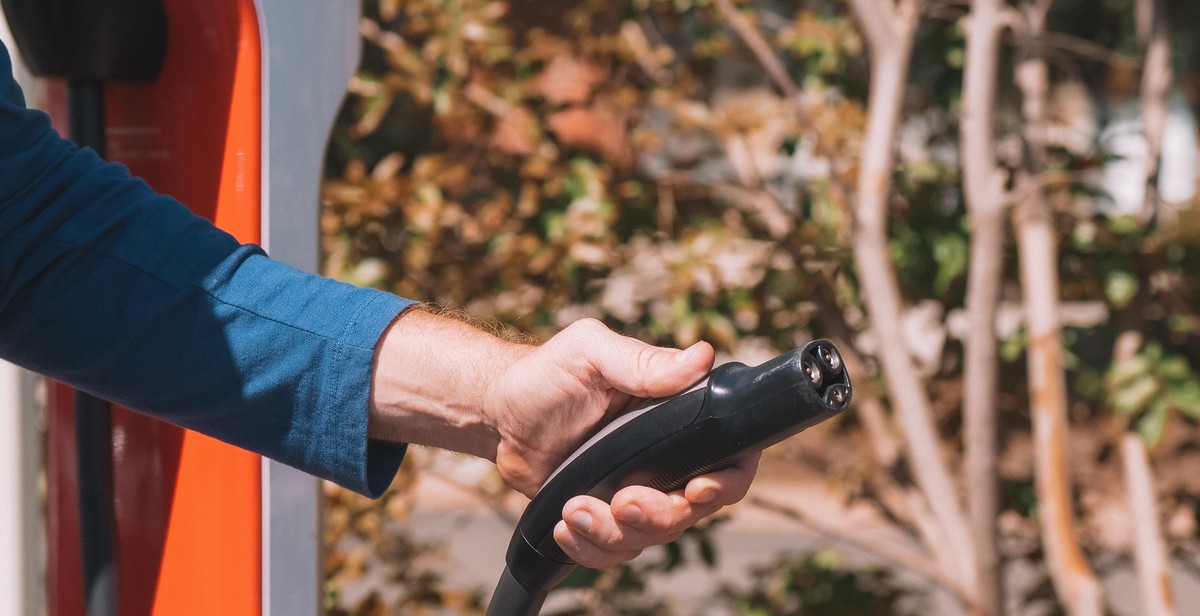The Difference Between Tesla and Ford Charging Stations
Electric cars have been gaining popularity with the rise of environmental concerns and the need to shift towards sustainable energy sources. As electric cars become more common, the need for charging stations has also increased. Two of the most popular electric car manufacturers, Tesla and Ford, have their own charging stations that are designed to cater to their respective electric car models. While both companies have similar goals in providing charging stations, there are significant differences between the two.
Tesla Charging Stations
Tesla is known for its advanced technology and innovation in the electric car industry. The company has its own network of charging stations, known as the Tesla Supercharger, which is designed specifically for Tesla cars. These charging stations are strategically placed along popular routes to ensure that Tesla owners have access to charging stations during long trips. The Tesla Supercharger can charge a Tesla car up to 80% in just 30 minutes, making it one of the fastest charging options available.
Ford Charging Stations
Ford, on the other hand, has partnered with various charging networks to provide charging options for their electric car models. The FordPass Charging Network offers access to over 12,000 charging stations across North America, including both Level 2 and DC fast charging stations. Ford electric car owners can locate and pay for charging using the FordPass app, which also provides real-time information on the charging process.
While both Tesla and Ford offer charging options for their electric car models, there are significant differences in their charging station networks. Understanding these differences can help electric car owners make informed decisions when it comes to charging their vehicles.

The Basics of Electric Vehicle Charging
Electric vehicles (EVs) are becoming increasingly popular due to their environmentally friendly nature and cost-effectiveness. However, one of the biggest concerns for EV owners is the charging process. There are three main types of EV charging: Level 1 Charging, Level 2 Charging, and DC Fast Charging.
Level 1 Charging
Level 1 Charging is the slowest charging option, providing up to 2-5 miles of range per hour of charging. This type of charging is done through a standard 120-volt outlet and is best suited for overnight charging at home. Level 1 Charging is not recommended for regular use as it can take up to 20 hours to fully charge an EV battery.
Level 2 Charging
Level 2 Charging is the most common type of EV charging and provides up to 25 miles of range per hour of charging. This type of charging requires a 240-volt outlet and a Level 2 Charging station. Level 2 Charging stations are typically found in public areas such as shopping centers, parking lots, and workplaces. This type of charging is ideal for daily use as it can fully charge an EV battery in 4-8 hours.
DC Fast Charging
DC Fast Charging is the fastest type of EV charging, providing up to 80% charge in as little as 20-30 minutes. This type of charging requires a specialized DC Fast Charging station and is typically found along highways and major travel routes. DC Fast Charging is not recommended for regular use as it can cause battery degradation over time.
Understanding the different types of EV charging is important for EV owners to maximize their driving experience while minimizing charging time. Choosing the right charging option depends on the individual’s driving habits and needs.

Tesla Charging Stations
Tesla offers a range of charging options to keep their electric cars powered up and ready to go. These include:
Superchargers
Tesla’s Superchargers are the company’s fastest charging option and are designed for long-distance travel. They can provide up to 170 miles of range in just 30 minutes. Superchargers are strategically located near highways and popular travel destinations for convenience. Tesla owners can easily find these stations using the car’s navigation system or the Tesla mobile app.
Destination Chargers
Destination Chargers are slower than Superchargers but are still faster than most other charging options. These chargers are typically located at hotels, restaurants, and other popular destinations. Tesla owners can use these chargers while they dine, shop or stay overnight. Destination Chargers are free for Tesla owners to use, but they may require a reservation.
Home Charging
For everyday charging needs, Tesla owners can install a Home Charger. These chargers are designed to be installed in a garage or other convenient location and can fully charge a Tesla overnight. Home Chargers are available in different power levels to suit different needs and can be purchased through Tesla or a certified installer.
Overall, Tesla’s charging network is designed to provide convenience and peace of mind for electric car owners. With Superchargers, Destination Chargers, and Home Charging options, Tesla owners can easily keep their cars charged and ready to go, whether they’re on a long road trip or just running errands around town.

Ford Charging Stations
Ford has also taken strides to develop its own charging network, the FordPass Charging Network. The network is available for use by Ford electric vehicle (EV) drivers and offers access to over 12,000 charging stations across North America.
FordPass Charging Network
The FordPass Charging Network provides EV drivers with a seamless charging experience. The network is accessible through the FordPass app and allows drivers to easily locate and pay for charging at participating stations. The app also provides real-time information on station availability and estimated charging times.
One of the unique features of the FordPass Charging Network is its partnership with Electrify America, a subsidiary of Volkswagen Group of America. This partnership allows Ford EV drivers to access Electrify America’s extensive network of fast-charging stations, which are capable of delivering up to 350 kW of power.
Home Charging
In addition to the FordPass Charging Network, Ford also offers a variety of home charging solutions. The Ford Connected Charge Station is a Level 2 home charging station that can be installed in a garage or outside a home. The station is capable of delivering up to 48 amps of power and can fully charge a Ford Mustang Mach-E in approximately 10 hours.
Ford also offers a mobile charger that can be used to charge the Mustang Mach-E from a standard 120-volt outlet. The mobile charger can deliver up to 32 amps of power and can fully charge the vehicle in approximately 30 hours.
| Charging Solution | Charging Time |
|---|---|
| Ford Connected Charge Station | Approximately 10 hours |
| Mobile Charger (120-volt outlet) | Approximately 30 hours |
Overall, Ford has made significant investments in developing its own charging network and home charging solutions to support its growing lineup of electric vehicles.

Comparison of Tesla and Ford Charging Stations
When it comes to electric vehicles, charging stations are a crucial factor to consider. In this section, we will compare the charging stations of Tesla and Ford based on charging speed, cost, and availability.
Charging Speed
Tesla charging stations, also known as Superchargers, are known for their fast charging speeds. They can charge a Tesla Model S up to 80% in just 40 minutes. On the other hand, Ford charging stations, known as FordPass Charging Network, offer a charging speed of up to 47 miles in 10 minutes for their Mustang Mach-E model.
| Charging Station | Charging Speed |
|---|---|
| Tesla Supercharger | 80% in 40 minutes |
| FordPass Charging Network | 47 miles in 10 minutes |
Charging Cost
Both Tesla and Ford offer different pricing structures for their charging stations. Tesla charges per kWh, while Ford offers a pay-per-session or subscription-based model. The cost of charging at a Tesla Supercharger varies depending on the location and time of day. On average, it costs around $0.28 per kWh. FordPass Charging Network charges $0.43 per kWh for pay-per-session and offers a subscription model with a monthly fee of $8.00 for unlimited charging.
| Charging Station | Charging Cost |
|---|---|
| Tesla Supercharger | Average of $0.28 per kWh |
| FordPass Charging Network | $0.43 per kWh for pay-per-session or $8.00 monthly subscription |
Availability
Tesla Superchargers are exclusively for Tesla vehicles, while FordPass Charging Network is available for all electric vehicles. Tesla has a larger network of charging stations, with over 25,000 Superchargers worldwide. FordPass Charging Network has over 13,500 charging stations in North America, including both DC fast chargers and Level 2 chargers.
| Charging Station | Availability |
|---|---|
| Tesla Supercharger | Exclusive for Tesla vehicles |
| FordPass Charging Network | Available for all electric vehicles |
Overall, Tesla Superchargers offer faster charging speeds and a larger network of charging stations, while FordPass Charging Network offers a more affordable pricing structure and availability for all electric vehicles.

Conclusion
When it comes to electric vehicle charging stations, Tesla and Ford have taken different approaches. Tesla has invested heavily in building its own proprietary charging network, while Ford has partnered with third-party providers to offer charging options to its customers.
While Tesla’s Supercharger network offers faster charging times and a more seamless experience for Tesla owners, it is limited to Tesla vehicles. Ford’s partnership with Electrify America and other charging providers allows its customers to access a larger network of charging stations, but may not offer the same level of convenience as Tesla’s proprietary network.
Ultimately, the choice between Tesla and Ford charging stations will depend on individual drivers’ needs and preferences. Tesla owners may appreciate the speed and convenience of the Supercharger network, while Ford customers may value the flexibility of accessing a larger network of charging stations.
As the electric vehicle market continues to grow, it will be interesting to see how other automakers approach charging infrastructure. Will they follow Tesla’s lead and invest in proprietary networks, or will they opt for partnerships with existing charging providers? Only time will tell.
